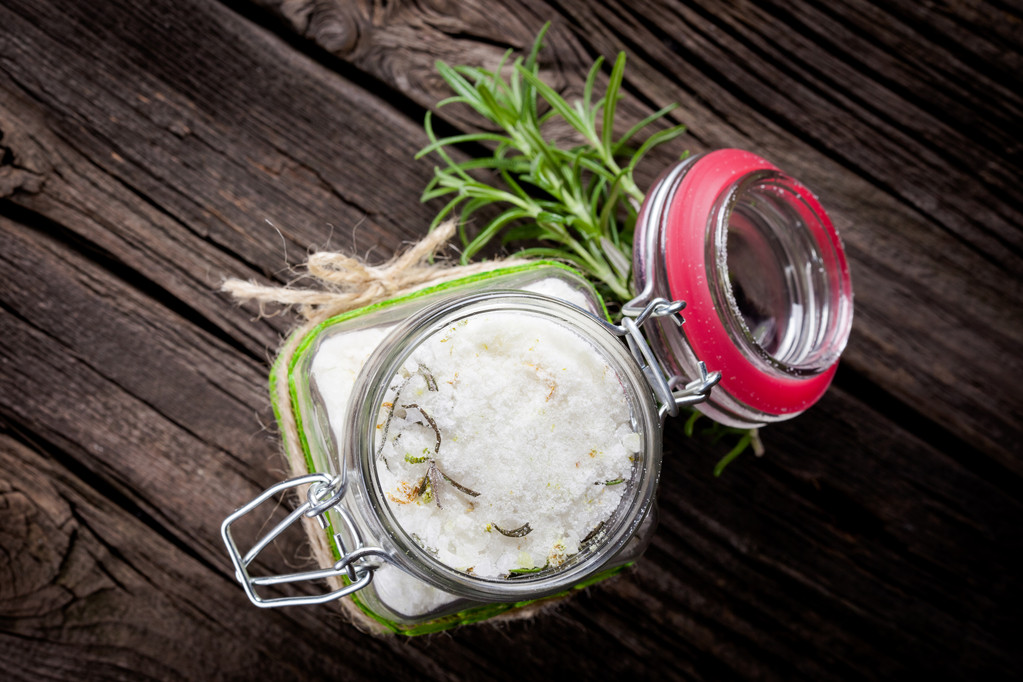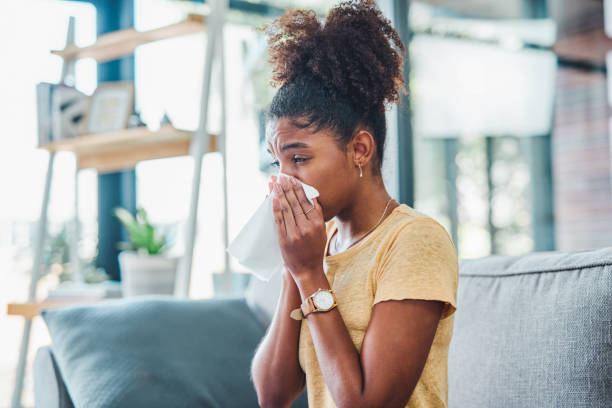As the Technical University of Munich found out in a study, salt influences our immune system and thus promotes allergies. The assumption is obvious, especially in the case of neurodermatitis patients.

Misregulation of T cells leads to allergic reactions
Many people are plagued by allergies, in industrialized countries almost every third person. Neurodermatitis in particular is widespread, every tenth child suffers from it. What originally triggered such allergies was previously unknown. A research team from the Technical University of Munich led by Professor Christina Zielinski has now come to new conclusions in a study. When examining cell cultures, it was found that salt leads to the formation of so-called Th2 cells.
These cells are a subset of T cells, also called T helper cells. They are part of the immune system and play an important role in immune disorders. They are therefore part of the body’s defense against infections, for example. However, these cells can also develop malfunctions. Then they turn against parts of their own body or the environment. If such a malfunction occurs in Th2 cells, it can trigger allergic inflammation of the skin, such as neurodermatitis. Certain messenger substances are released in the process. Until now, it was not known what triggers such a dysregulation of Th2 cells.
More Th2 cells from saline
Salt is essential for humans and animals. Table salt, scientifically sodium chloride, is found in the body in the form of sodium and chloride ions. As Christina Zielinski’s team at the Institute of Virology has now discovered, table salt can influence human T cells in such a way that they increasingly release the messenger substances that trigger allergic reactions.
These T cells are not supposed to cause allergies, but exposure to salt can reprogram them into Th2 cells, which are potential causes of allergic reactions. This influence of the salt on the cells is declining. This means that the cells are reprogrammed when they are exposed to less high levels of salt. “Signals from the ions from the salt thus play a role in the formation and control of Th2 cells,” says Christina Zielinski in a statement from the university.
Eczema patients have more salt in their skin
As a dermatological specialist, Christina Zielinski also examined the effects on neurodermatitis patients. With her research team, she examined whether the diseased skin areas of those affected by neurodermatitis have higher salt levels. However, such measurements are difficult. “Measuring sodium concentrations within the tissue is complicated,” says Julia Matthias, the study’s first author. “While one can measure the soluble salt in the blood using standard clinical methods, for the skin we enlisted the help of colleagues from nuclear chemistry and physics reliant.” The skin samples examined at the TUM and the University of Mainz showed that the sodium value in the diseased skin areas was up to 30 times higher than in healthy ones.

Salt level of the skin is conducive to bacteria
With regard to neurodermatitis, the researchers were able to explain another phenomenon. Neurodermatitis sufferers often have a strong accumulation of the bacterium “Staphylococcus aureus” on their skin. “The elevated sodium levels in affected skin go well with another characteristic of neurodermatitis,” says Christina Zielinski. Because the presence of the bacteria has been known for a long time. The bacterium multiplies in salty conditions. Salt, on the other hand, is harmful to other bacteria on the skin.
According to Christina Zielinski, if you combine the findings of the new study with those already known, you come to the conclusion that there could be a connection between salt and the occurrence of neurodermatitis.
However, the professor limits the assumption, since it has not yet been possible to prove how the salt gets into the skin in large quantities. “We also don’t know whether a low-salt or high-salt diet can influence the development or course of neurodermatitis or other allergic diseases,” she says. The dermatologist and her team want to find out these and other open questions in future studies.





